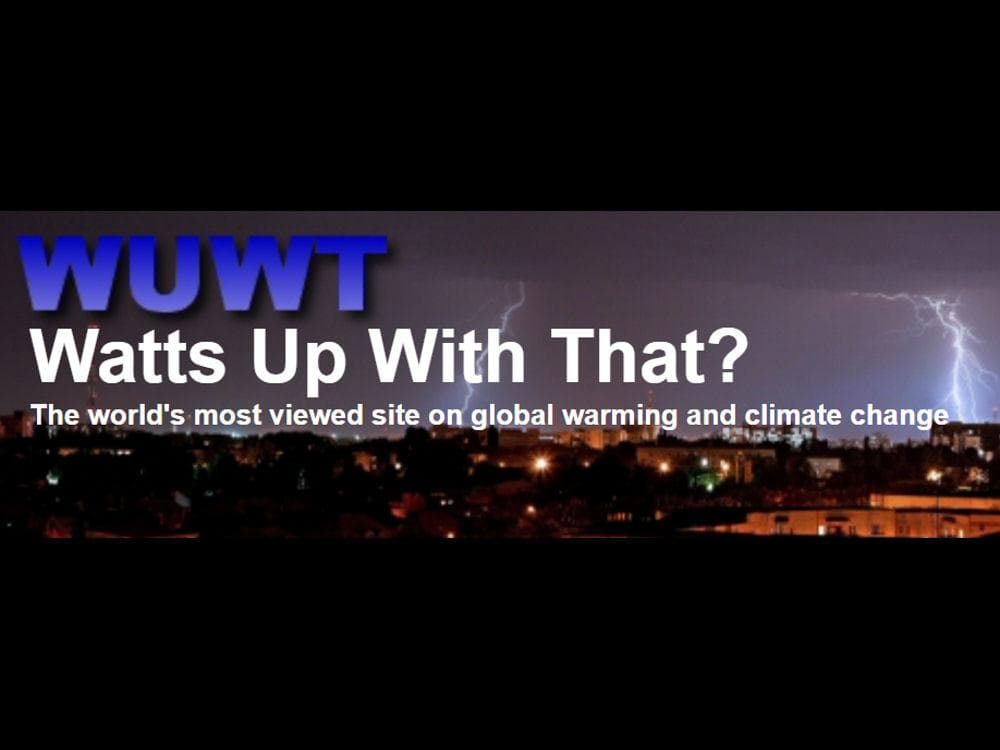From: Watts Up With That
By: Marlo Lewis, Ph.D., Senior Fellow in Energy and Environmental Policy, Competitive Enterprise Institute
Date: October 29, 2025
Part 1 can be found here.
Part 2: Allegations and responses
The Politico reporters claim the DOE report “cherry-picks mainstream research and omits context,” “relies on outdated studies,” “cites analyses that were not peer reviewed,” and “revives debunked arguments.”
The reporters cite three examples of alleged cherry picking. First, as described by the reporters, the DOE authors claim that during the past 100 years, “the U.S. saw its most intense heat in the 1930s—and that maximum temperatures have never been that hot again.” The reporters do not dispute the veracity of that statement. However, they consider it cherry picking because average temperatures across the US and globally have been “clearly rising” since the 1950s.
But the DOE authors do not hide or dispute that fact. Indeed, they quote the IPCC Sixth Assessment Report on that very point:
AR6: It is virtually certain that hot extremes (including heatwaves) have become more frequent and more intense across most land regions since the 1950s, while cold extremes (including cold waves) have become less frequent and less severe (SPM, A3.1).
The DOE report also quotes a relevant passage from the USGCRP’s Fourth National Climate Assessment:
NCA4: Since the mid-1960s, there has been only a very slight increase in the warmest daily temperature of the year (amidst large interannual variability). Heat waves (6-day periods with a maximum temperature above the 90th percentile for 1961–1990) increased in frequency until the mid-1930s, became considerably less common through the mid-1960s, and increased in frequency again thereafter. As with warm daily temperatures, heat wave magnitude reached a maximum in the 1930s (NCA4, Vol. 1, p. 191). (continue reading)
- Highlighted Article
